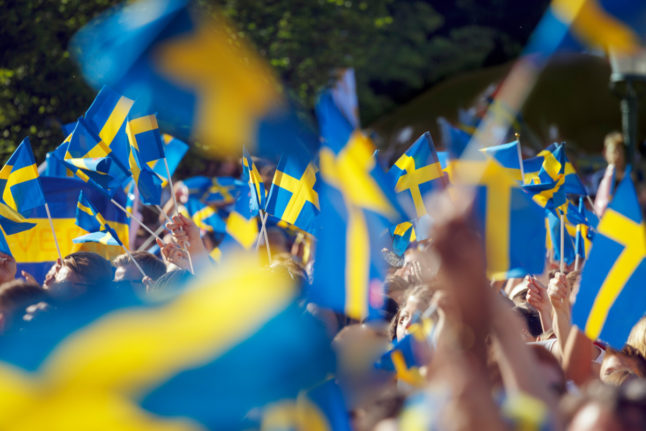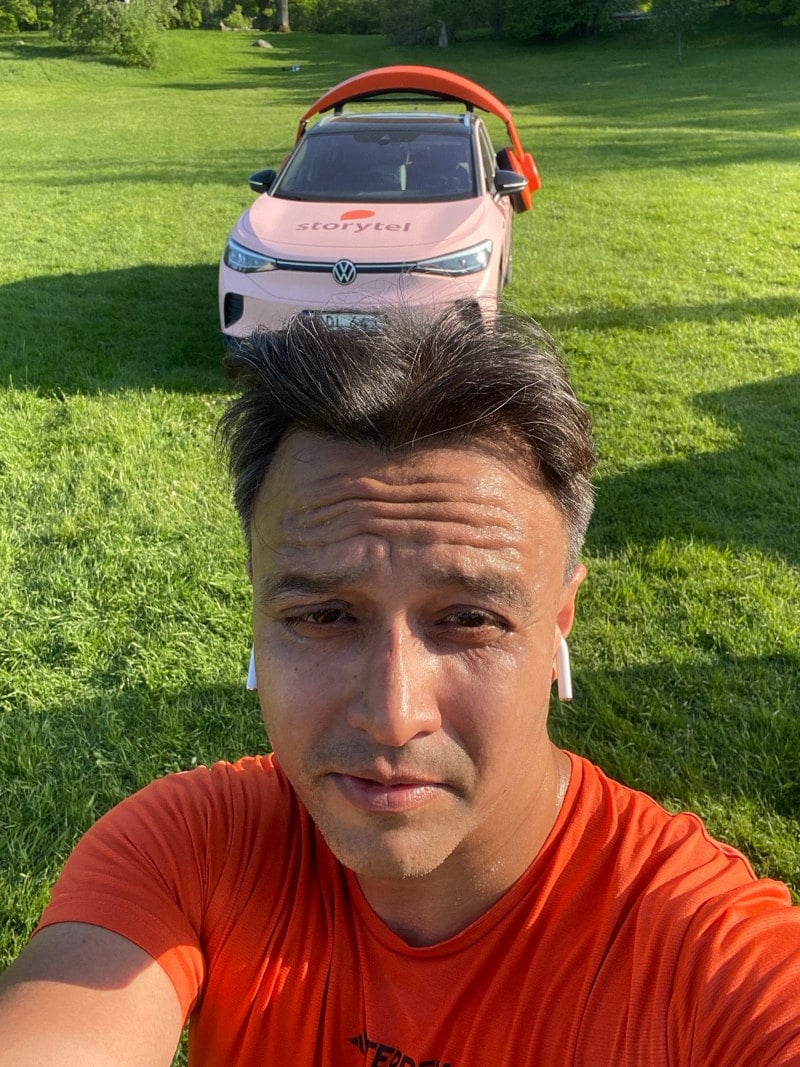“It” or “tag”. The name for playground chase varies depending on where you are, so whereas in Skåne it’s pjätt, the dialect word for a light push, in Stockholm it’s kull, and in Gothenburg, it’s jage (chase) or sista (last).
There are variations, such as bananpjätt (banana push), where those tagged have to raise their arms above their heads, and then get peeled to be rescued.
Another Swedish playground game is Under hökens vingar (under the wings of the hawk), in which a few children are selected as ‘hawks’ who have to catch the others while they run from end to the other of the playing space.
“I dare you!”. When Swedish children dare each other to do things, they generally use the phrasal verb slå vad, meaning “to bet” or “to wager”.
So one might say, jag slå vad att du inte vågar gå upp på vinden ensam, “I bet you wouldn’t dare go up in the attic alone”.
“Eenie, meenie, minie moe”. There are several Swedish equivalents of the “eenie, meenie minie moe” counting game, used to, say, choose who will get to go first, but the most common is probably Ole dole doff.
Ole dole doff.
Kinke lane koff.
Koffe lane binke bane.
Ole dole doff.
There’s also:
Elle belle bi
nu är du fri
och skall inte bli
“Bagsy”. The Swedish equivalent of “bagsy”, the British children’s slang used to stake a claim on an object or a turn in a game, is paks/pax, or as a verb, paksa/paxa.
So when playing a game of tag, a child might say “paks inte ta”, meaning “bagsy not ‘it'”. Or if there’s something specific they want, they might say “paks för cykeln” (bagsy the bike) and so on.
There is also a system of runner-up stakes for those who don’t manage to say paks first, with other children saying “paks ett“, or “paks två“, or “paks tre“, until the slowest on the uptake is left to be catcher, (or the one with nowhere to sit, or without a hockey stick, or with the worst piece of cake etc. etc).
And if someone doesn’t respect the system of pax/paks? Expect a plaintive “men jag hade ju paxat!” (But I called dibs!)
Swaps and trades. When trading toys, snacks or other goodies, you might hear “bytt är bytt kommer aldrig tillbaks” (roughly “swapped is swapped, never coming back”). An English translation might be “no takebacks”.
Fingers crossed. Watch out for being tricked by your child by doing the ljugekors, literally ‘lying cross’. If they tell you something while crossing their fingers behind their back, it’s a way of “getting away” with telling a lie.
Easy-peasy. The British child’s phrase “easy-peasy” translates in Swedish as lätt som en plätt, meaning literally ‘easy as a small circular pancake’.
A roly-poly, the “splits” and the “scissors”, are kullerbyta, splits and spagat respectively, while “to do a cartwheel” is hjula.
Schoolyard insults include calling other children pisspotta, (a pot to pee in), dum i huvudet (an idiot), en dumfisk (a dumb fish) or simply dumma dig (stupid you). Children also frequently say, “du är inte snäll”, “you are not nice” when they fall out with one another.




 Please whitelist us to continue reading.
Please whitelist us to continue reading.
Member comments